Ley lines are mystical energy highways that stretch across the planet. They’ve long been a subject of debate. We take a look…
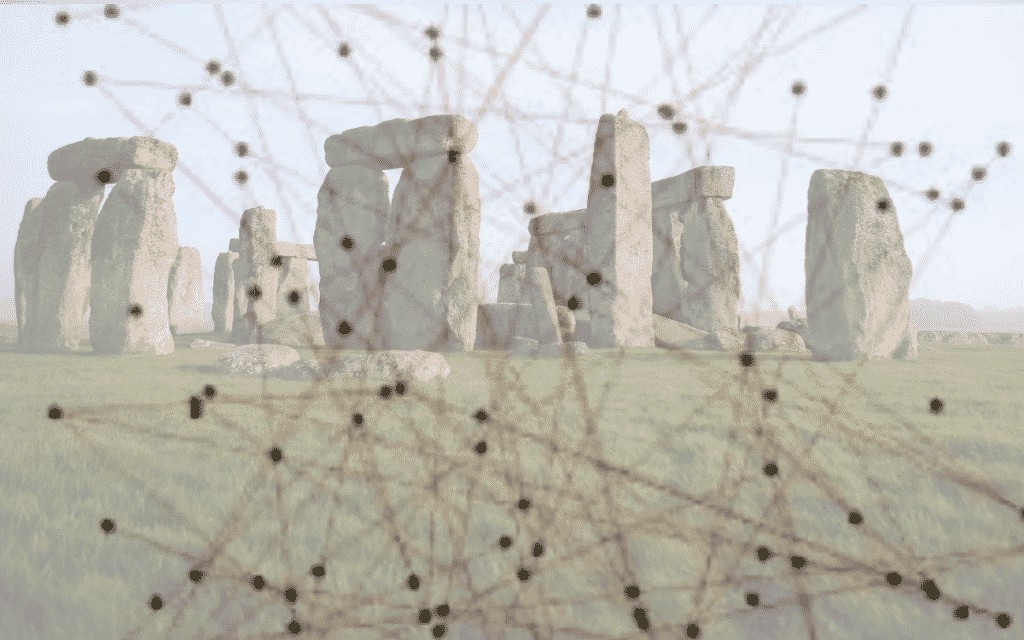
For those who don’t know, the term ‘ley line’ was coined by amateur archaeologist Alfred Watkins in the 1920s, and refers to alignments between structures and landmarks via straight lines.
These lines were supposedly the trade routes of prehistoric man, specifically in Watkins’ mind they were the work of ancient British peoples. Though efforts have been made to show these lines elsewhere in the world, the idea originated in Britain.
Alfred Watkin’s Idea
The original idea put forward by Watkins has been somewhat obfuscated over the years by further influences.
Watkins suggested merely that the lines represented ancient trade routes, linking up various historical monuments and population centres.
He derived the term ‘ley’ from an Anglo-Saxon word meaning a clearing out of a wooden space, as many places in the area had the word ley in the name.
They may have linked up along holy and sacred sites, but the lines themselves were not supernatural in any way.
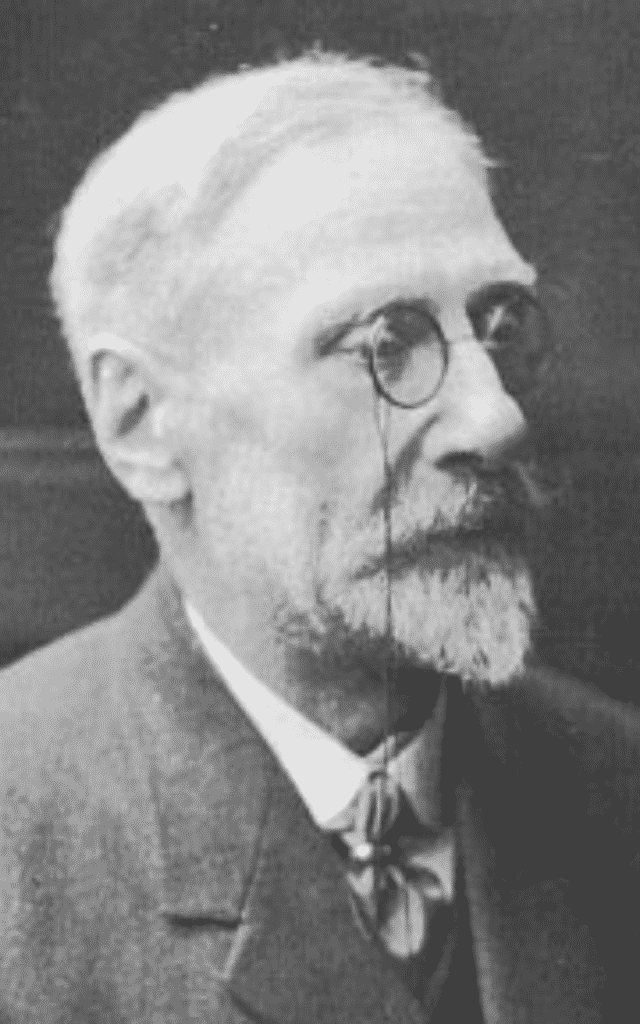
Watkins’ ideas were maligned after his books were released detailing his theories, and his ideas were not widely accepted.
However, in the 1960s, there was a huge revival of interest in his work and in the idea, as there was in many kinds of esoteric and non-mainstream notions.
At this time, people came to believe that the lines themselves somehow held great energy, and that they in fact spanned the whole globe—not just Britain. The lines were vectors for magnetic energy running throughout the entire world.
Examples of Ley Lines
There are many examples of alleged ley lines across Britain.
Watkins’ original revelation occurred in Herefordshire, a county rich with historical monuments. Herefordshire is in the south west of England, indeed not terribly far from Stonehenge.
One particular landmark which Watkins’ mentioned in his first book on the topic, The Old Straight Track, is Llanthony Priory, which is actually in Wales.
Watkins identified lines which ran up the hills from the priory, intersecting with a point where archaeologists believed there was once a stone cresset – the other monument drawn from the Priory.
More substantial ley lines, suggested after Watkins’ original theory, have been observed on a much larger scale.
The St. Michael’s Ley Line, for instance, has been traced from Skellig Michael on the west coast of Ireland, all the way to the Monastero Sella Maris monastery in Israel.
On a map, these monuments do line up, along with many others along the way, such as Mont Saint-Michel in France and places in Italy.
Ley lines have been found all over the world since Watkins originally put his ideas to paper, with some being found in India, China and even Australia.
The idea now more than before is that these ley lines link up under the entire world. They represent ancient points of great energy, placed by a culture we no longer remember.
Ley Lines and The Supernatural
It is said that supernatural occurrences are increased in number and intensity along ley lines.
For example, structures which are considered haunted are often said to be much more active, even dangerous, when along a ley line. Again, ideas such as this originated much later than Watkins’ original book, but are certainly the overall perception of the phenomenon today.
The associations with various kinds of spiritualism and supernatural phenomena are much stronger than the original idea that they were mere trade routes.
Much doubt has been cast on the idea over the years, for a variety of reasons.
Doubt Cast Over Ley Line Theories
If we just look at Watkins’ original idea, he was indeed correct that often you can draw perfectly straight lines along major monuments in Britain.
However, it is also true that if you place a hundred random points on a map, much of them will, too, appear to show correlation and alignment. Monuments and historical landmarks in Britain are, to say the least, extremely numerous.
Being able to draw connections between them in this way is inevitable given the sheer number of them.
Therefore, it may not necessarily imply a great deal that you can draw these lines—at least in the south of England as he did.
Furthermore, the idea that they represented ancient trade routes is not entirely sound either. Many of these ‘trade routes’ would cut straight lines over large hills and otherwise insurmountable, or at least inconvenient, obstacles. Going around these obstacles would have been much easier than going through them (especially if carrying a lot of trade goods).
So, there are certainly a lot of problems with the idea that all of them, together, represent not just one or two lines of trade but a whole interlinked network. Certainly, ancient peoples would have used monuments and landmarks to find their way. But the idea that they would stick to these ley lines, which could be in some way or another detected, is up for debate.
Indeed, the notion was and has been largely discredited by the scientific community.
Of course, the modern ley line enthusiasts take a much different world view to most scientists, and indeed there’s nothing inherently unbelievable about the notion of energy running through certain points of the Earth’s crust. Watkins’ original notion, however, that they were simply trade routes, has too been largely rejected by mainstream science.
Some of them may represent trade routes, but to say that all of them together represent a single network is highly questionable.
Ley Lines Still A Popular Idea
In any case, the idea has gained a great deal of traction and popularity, however much it has evolved from Watkins’ first conception of it.
In supernatural circles, ley lines are often at the heart of understanding our place in the universe and on planet Earth.
Whether the lines were networks of landmarks intended to guide alien visitors to population centres or were wellsprings of natural energy, or whether they are nothing at all, the idea has become so popular that it can be really difficult to ignore it.
What do you think of Ley Lines? Tell us in the comments section below!

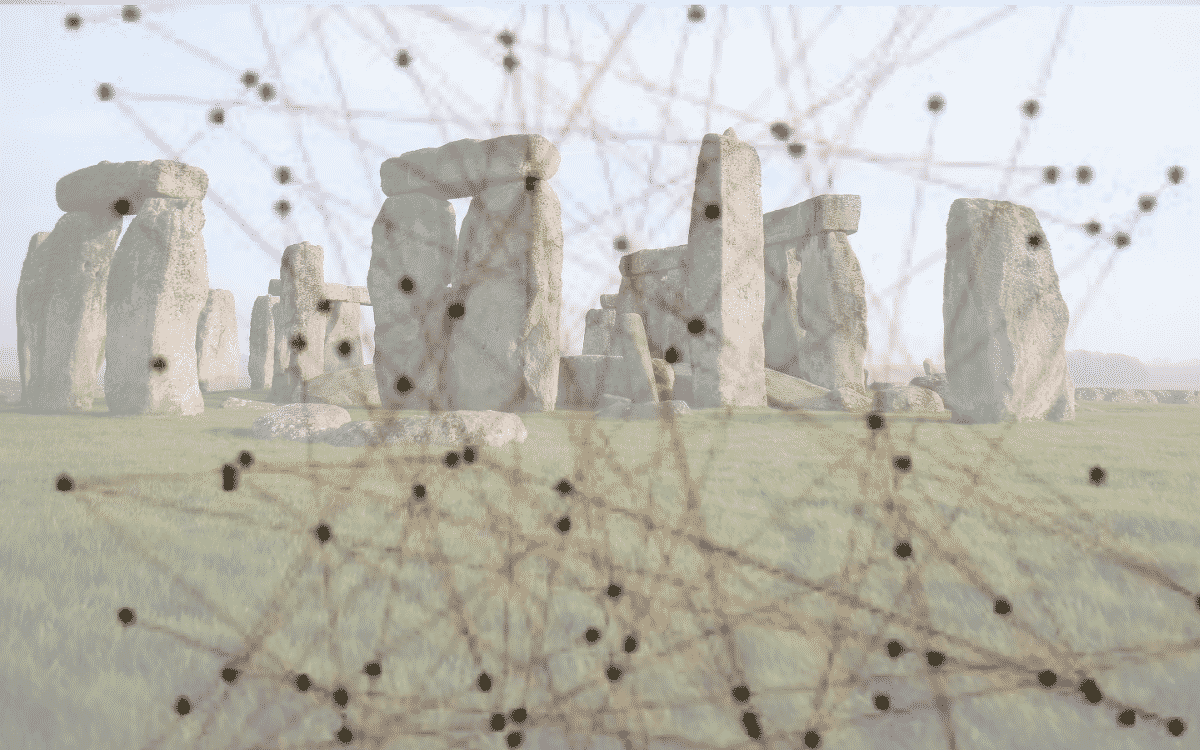

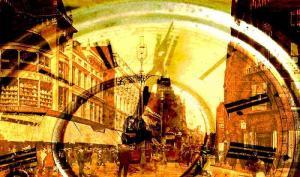

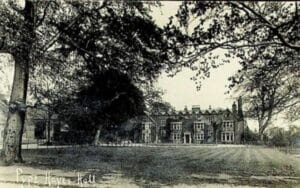


Being looking for the ley line that runs along tittensir chase from Bury Hill Fort, saxons Lowe, edge of woodlands farm to tumulus grounds low
I often get lost riding around Old Sarum backroads to avoid Salisbury whilst journeying down the old A30 to Devon. Need to use a satnav but it is said local Ley line influence disrupts our sense of direction in this area.
Others say the onset of age also has an effect.
not a comment on Leys specifically – but a comment on the article. Far to much use of the phrase ‘mainstream science’. Since when was mainstream science any arbiter of things etheric? For what it’s worth – back in the day I did get involved with earth energies, and the healing thereof.. One thing I was told was: Original paths between settlements were based on beneficial energy lines within the earth, this was to keep people (especially children) safe from animals like wolves who were repelled by positive lines.